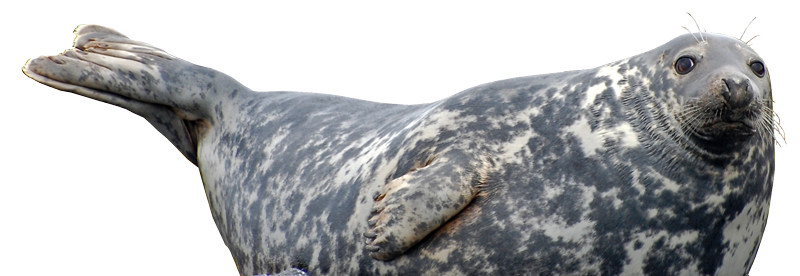CANADIAN SHARK ATTACK REGISTRY
Greenland shark stalks child at Ingalik
| Case number: 21 |
| Date: 2007 (Spring) |
| Location: Ingalik, Nunavut |
| Incident type: Stalking encounter with no physical contact — Code: ST |
| Species (Confirmed): Greenland shark (Somniosus microcephalus) |
| Possible cause(s): Blood in water (Provoked) |
| Result: No injury |
| Status: Confirmed¹ |
| Description: Joeelee Papatsie witnessed a shark stalking his grandson who was playing with a wooden toy along the bloodstained shore of Ingalik where seals were butchered earlier in the day.
Assessment: The Greenland shark has long been documented exhibiting the same behaviour at marine mammal butchering sites at other locations in the Arctic¹ as well as in the St. Lawrence Gulf and Estuary². The sharks are drawn to shore from deeper water by the potent scent trail produced from large quantities of blood released into the water. The sharks may also be attracted by the sound of people splashing back and forth and walking on loose stones in the water, which may resemble a stranded animal in distress or pinnipeds hauling out. The sharks typically investigate the scene before scavenging carcasses in water so shallow that they are themselves occasionally left stranded by the receding tide. People present should take care not to venture into the bloody and sediment-laden water since a frenzied shark with poor vision could easily bite someone’s foot or lower leg and cause serious injury. Children are especially at risk since they could be dragged underwater. Side note: A juvenile Greenland shark was found stranded in similar circumstances—attracted to shore by animal carcasses—and still very alive after gorging itself on moose remains dumped by the side of the road in Norris Arm North, Newfoundland (2013)³. |
References:
|












